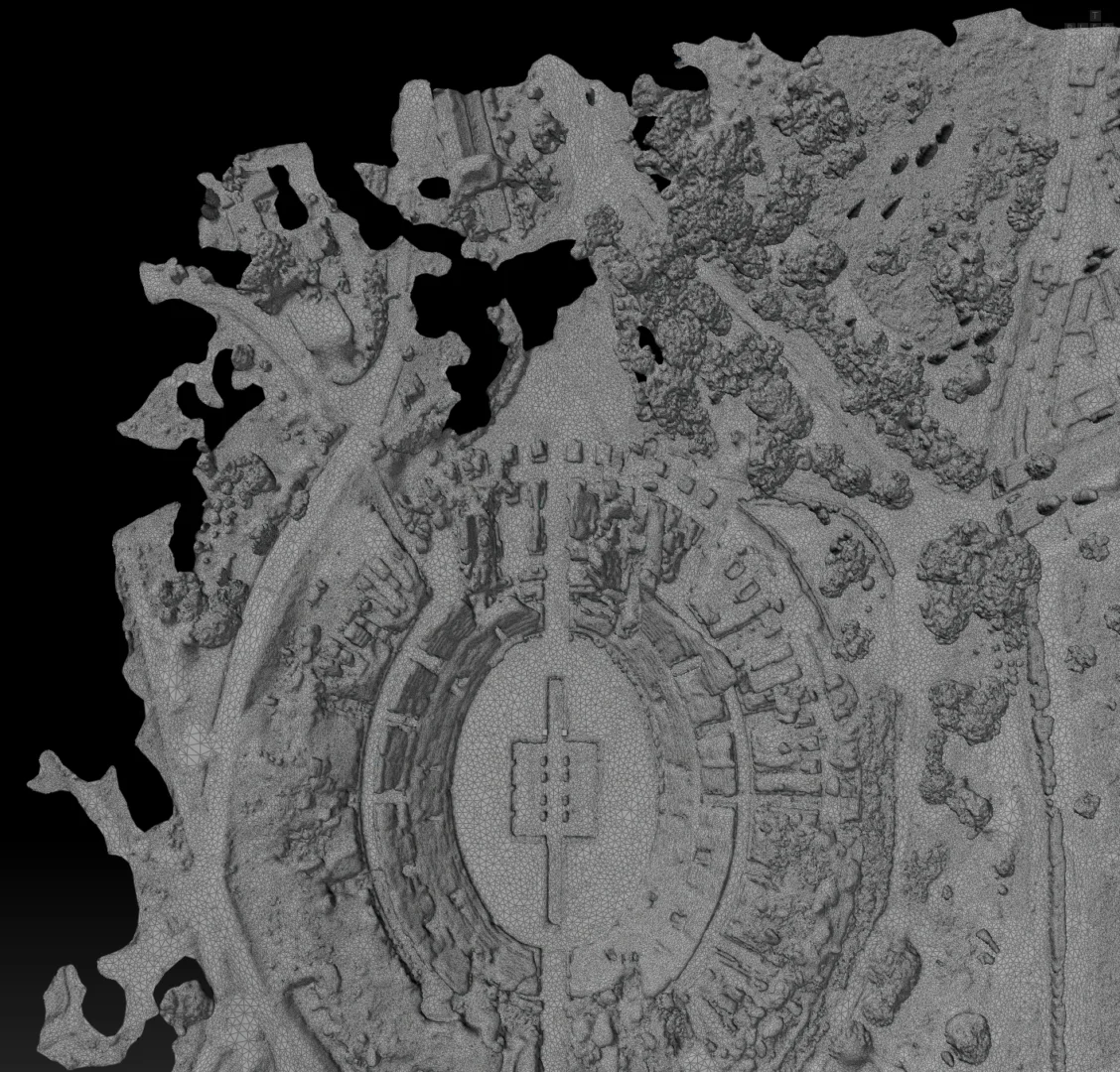
1. Imported 1M Polys Geometry
From memory, OBJ, FBX or USD
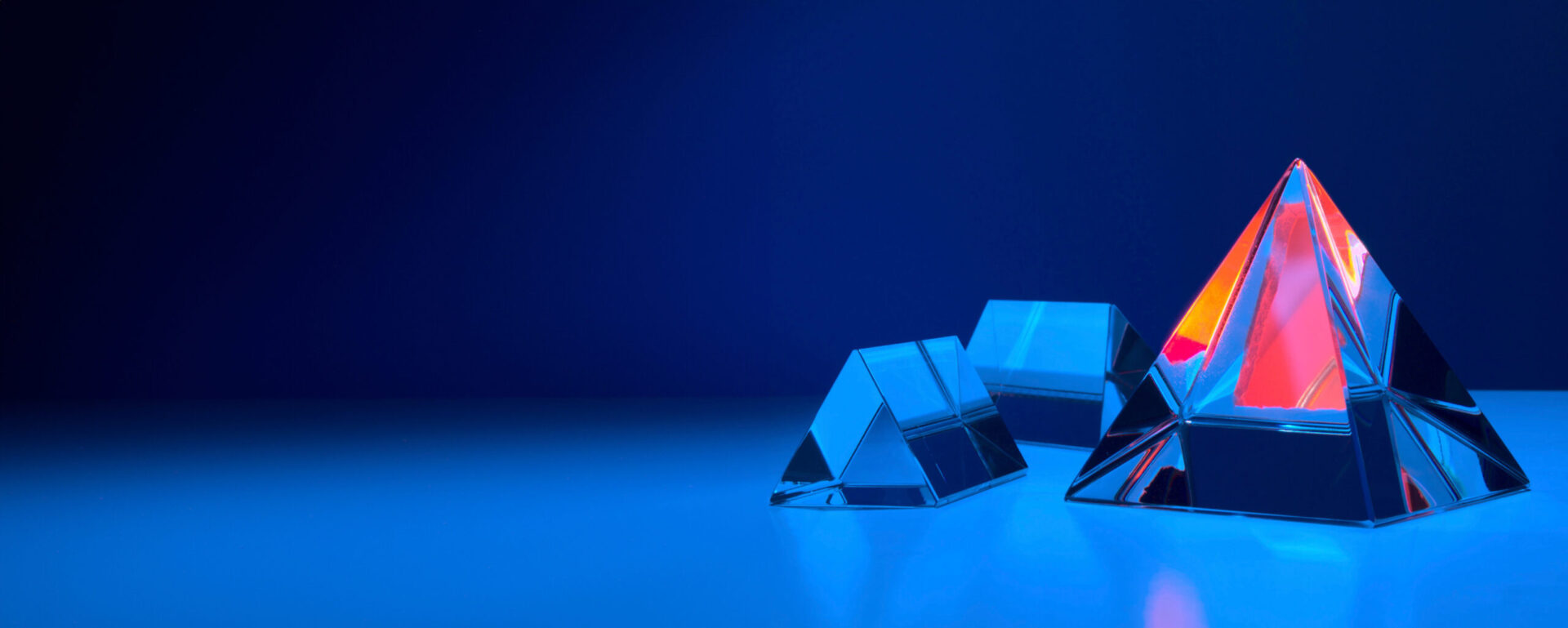
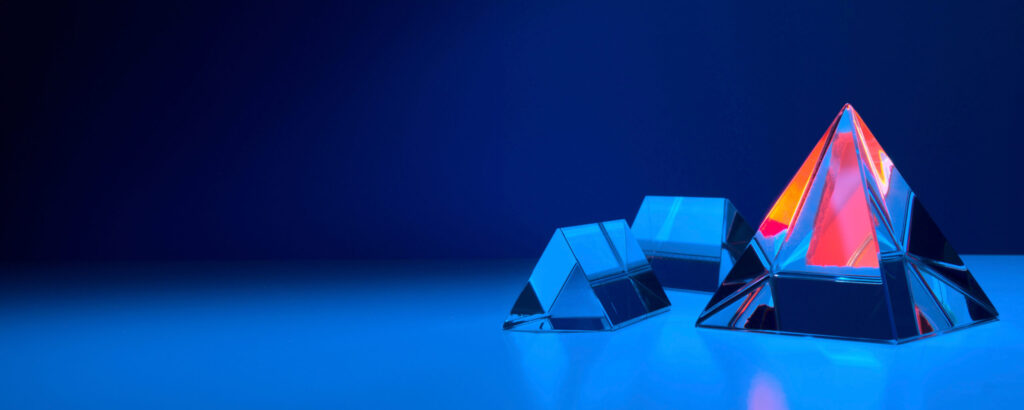
C++ Library
If you need the speed and ease of the RizomUV unwrapping application integrated into your in-house pipeline or software, you can easily do that via using our C++ Library.
It contains all the features of our standalone application, CAD included and allows you to use our algorithms and APIs your way on Windows and Linux.
From 3D geometry to packed UVs

From memory, OBJ, FBX or USD
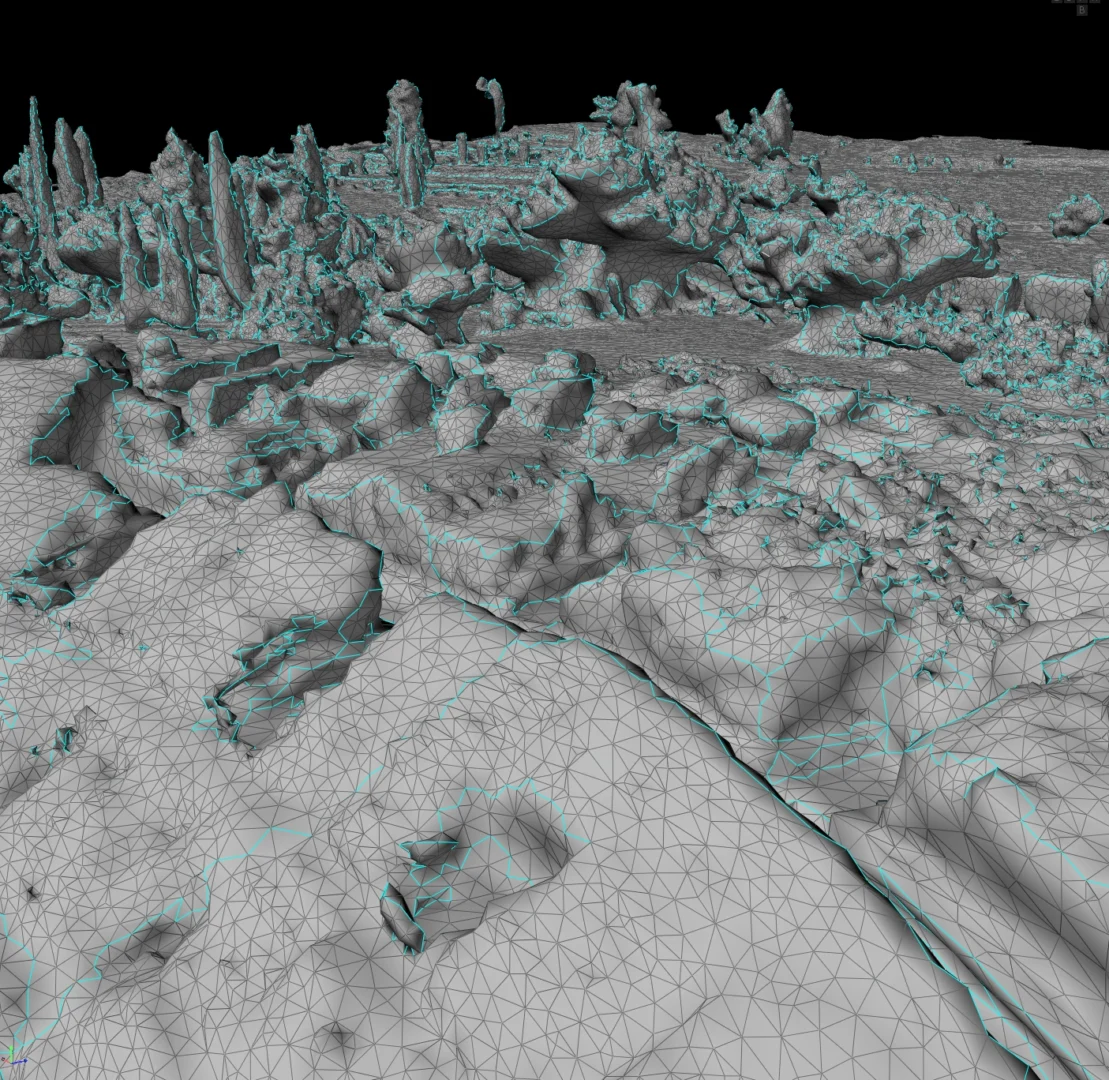
Minimal island count and minimal distorsion
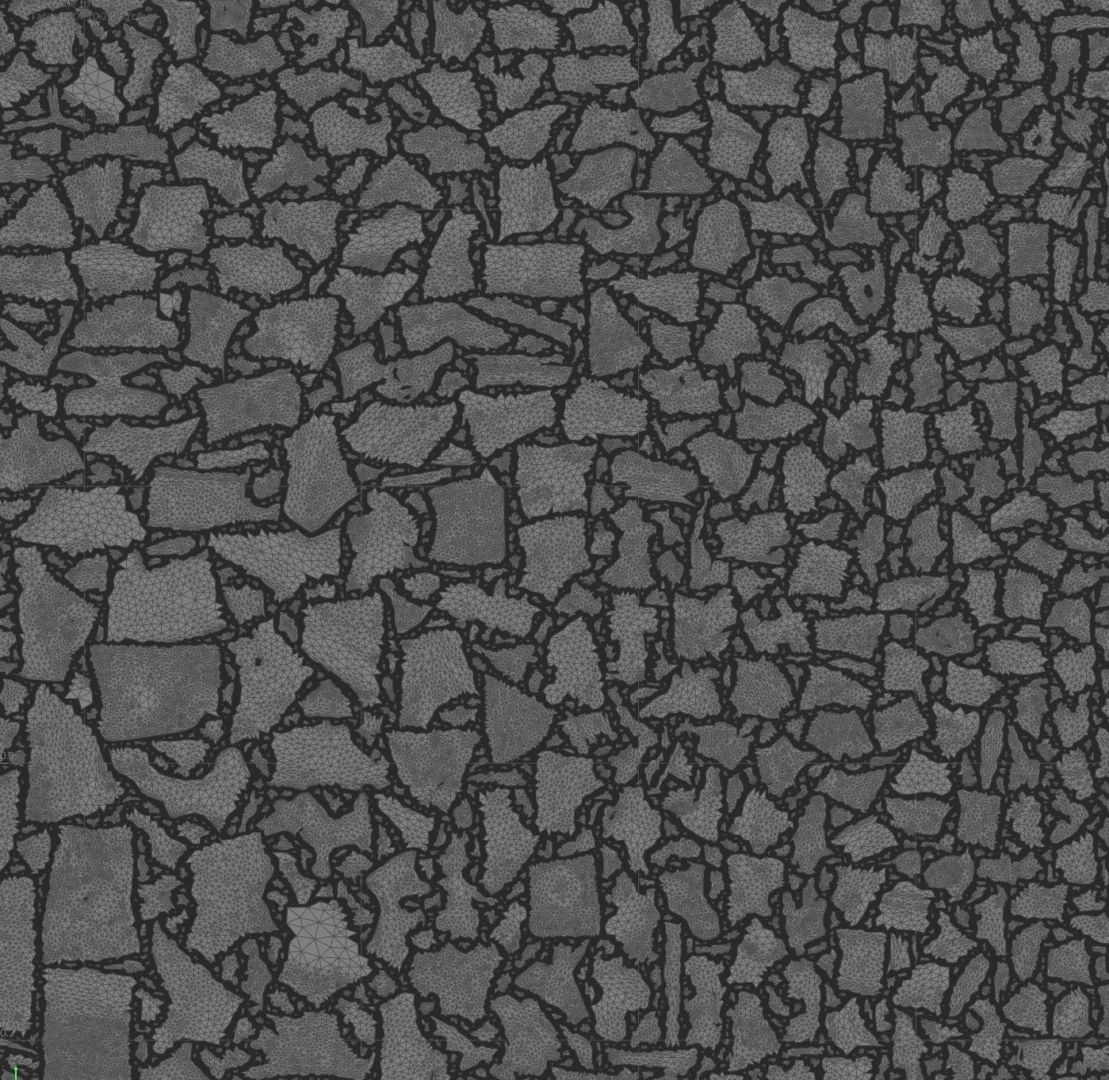
Maximum coverage, no overlaps, padding respected
Our Full Auto Generation algorithm utilizes an iterative approach to efficiently segment the input, ensuring the robust generation of UV coordinates with minimal islands, no overlaps, and optimal UV space utilization.
It also offers parameters that allow you to balance the tradeoff between texture space memory usage and distortion.
Our comprehensive documentation simplifies integration into your software, and the setup process is so straightforward that we rarely need to provide support to our clients.
Our unfolding algorithm quickly flattens large single islands, with hundreds of thousands of triangles, in seconds. It allows for unfolding with or without overlaps and triangle flips, accommodates various constraints on edge orientations and point positions, and supports pinning through weight maps for both hard and soft constraints.
Our API offers intuitive methods for defining constraints, applying weight maps, and updating the unfolding process.
Rizom-Lab’s new packing algorithm maximizes UV space efficiently and swiftly. It supports grouping, locking, and stacking shells, and lets you customize shell properties individually. Additionally, it offers extensive options for orientation, scaling, and setting texel density on these shells.
Our algorithm is not dependent on the number of polygons and can pack tens of thousands of islands in a second.
Optimize is a stretch reducer that outperforms traditional conformal methods like ABF, LSCM, and authalic techniques by using a distance-based stretch signal. Our clients consistently rate RizomUV as the top stretch reducer available, ideal for handling poorly tessellated NURBS meshes commonly seen in CAD models. Similar to Unfold, Optimize respects user-specified and automatically added constraints to prevent overlaps, triangle flips, horizontal/vertical alignment, or even aligned edges or pinned vertices.
Optimize can be applied to the entire UV coordinate set, specific islands, a selected subset of primitives, or through the use of brushes.
Our library boasts hundreds of powerful features, all meticulously detailed in comprehensive documentation.
You’ll discover comprehensive documentation not just for unfolding, optimising, and packing, but also for tools like similar islands, advanced selection, alignments, fits, distributes, hot-spotting, raster export, and so much more that are also available in our product.


This part of the toolset is capable of segmenting meshes into smaller pieces called shells or islands, and to enable you to make the topology changes needed, so they all become editable items. One of the main purpose is the possibility to generate UV maps fully automatically for baking applications, but the algorithms can also be used for semi-automatic mesh segmentation.
Not only you’ll get your UVs fast, but with a control on the maximum stretching and without overlaps nor triangle flips. All the following sub-tools can be combined and provide the functionality to cut your mesh in a single API call.
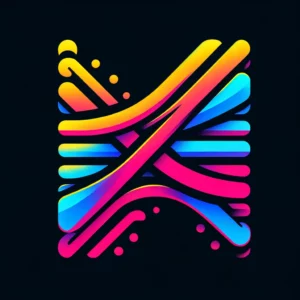
Stretch Limiter flatten shells, identifying excessive distortions or overlaps. When such issues are detected, additional cut lines are introduced to mitigate these problems, ensuring a more accurate and clean UV map.
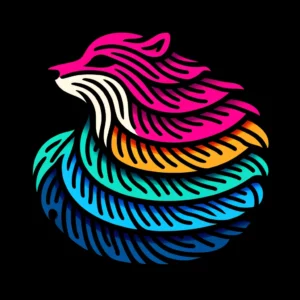
Experience Single-Cut, one of our advanced UV mapping technique that emulates a tanner’s approach to skinning—utilising a single, strategic cut line to link mesh extremities, enabling a meticulous and structured unwrapping of complex models, like characters and trees, all while preserving the natural hierarchy and proportions of the design.
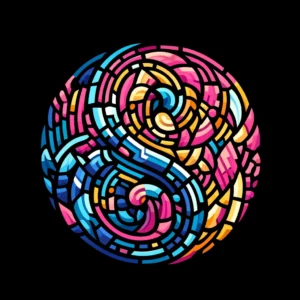
Mosaic is designed to analyze developable mesh sub-features and optimize the seams placement, making it particularly well-suited for meshes from photogrammetry. This approach excels at managing large terrains and heavy meshes, ensuring precise accounting for every detail of your model
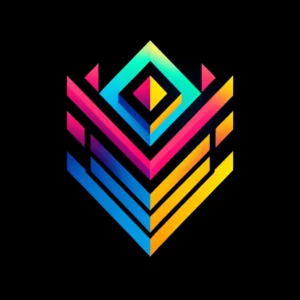
Suitable for hard-surface models, Sharpest Angles splits the most acute edges found within the mesh. It analyzes quads topology and User Vertex Normals to incorporate the artist’s original design intent, ensuring that every detail aligns with the envisioned aesthetic.

Box mapping is suited for hard surface meshes, that exhibits box like geometries. It is a well know approach that can be useful in some pipelines.
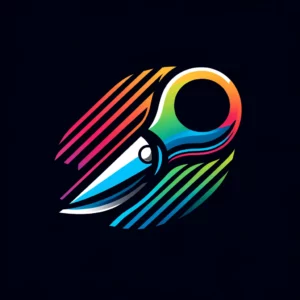
Handle Cutter swiftly and accurately analyzes mesh topology, strategically placing seams to transform each mesh into a disk-like structure. This ensures seamless unwrapping of each island into flat, overlap-free surfaces, making it essential for processing photogrammetry-derived meshes

Smoothing becomes pivotal when managing meshes from photogrammetry that exhibit excessive protuberant features. By applying smoothing, you can significantly diminish the final shell count, streamlining the UV mapping process for more complex geometries.
Windows
Linux
The RizomUV C++ SDK (Software Development Kit) contains all the tools and algorithms available in the standalone RizomUV software, allowing for integration into 3D pipelines and custom applications.
The SDK can significantly speed up processes like UV mapping, unfolding, and packing, especially when dealing with high-polycount models or complex geometry. It offers advanced automation features and customization options.
The SDK includes unfolding and packing algorithms, as well as full UV map generation capabilities, including segmentation of models into smaller parts for easier management.
The RizomUV Library C++ is equipped with advanced algorithms capable of handling even the most complex and dense geometries. Many of our customers successfully automate the UV mapping of models containing dozen of million polygons, streamlining their workflows significantly.
The pricing includes an annual entry fee and additional costs for extra seats or tokens. For specific pricing details, please contact us directly.
The standalone version is a complete software application with a graphical user interface, while the SDK is a library that allows you to integrate RizomUV’s features into your own applications or pipelines.
The SDK supports Visual Studio 2015 and newer versions.
On Linux it is compatible with modern compilers.
You can contact us at Rizom-Lab, we will give you access to the SDK files, including documentation and examples to help you get started with the integration process.
Yes, Rizom-Lab provides support for the SDK, including technical assistance and guidance on integration and usage. You can reach out to them through their support platform or email.
The SDK is subject to licensing terms and conditions. It is important to review and comply with these terms when using the SDK in your project.
If you plan to use our library for your in-house projects or pipeline, the process will be straightforward. However, if you intend to incorporate it into your commercial software, we can discuss the terms and establish an agreement together.
Yes, Rizom-Lab offers a trial period for the SDK, allowing you to evaluate its features and suitability for your project before making a purchase.
The RizomUV Library C++ includes technical support, regular updates for performance and feature enhancements, and comprehensive documentation for developers.
This also depends on the specific agreement you may sign with Rizom-Lab.
Don’t have an account ?
Already have an account ?
We sent you an email with a link to validate your account